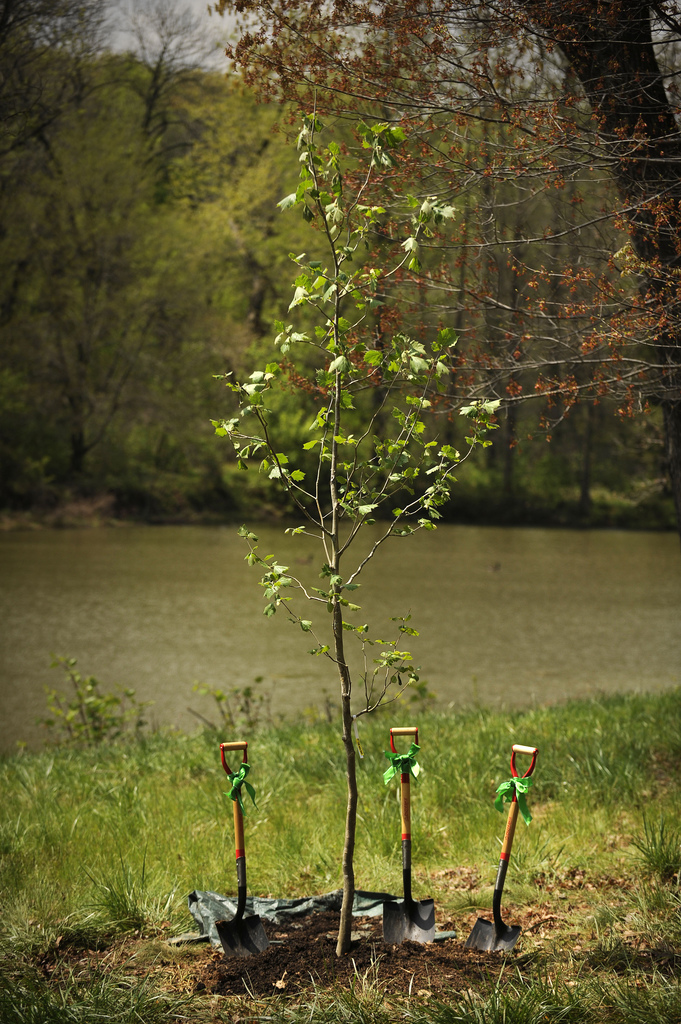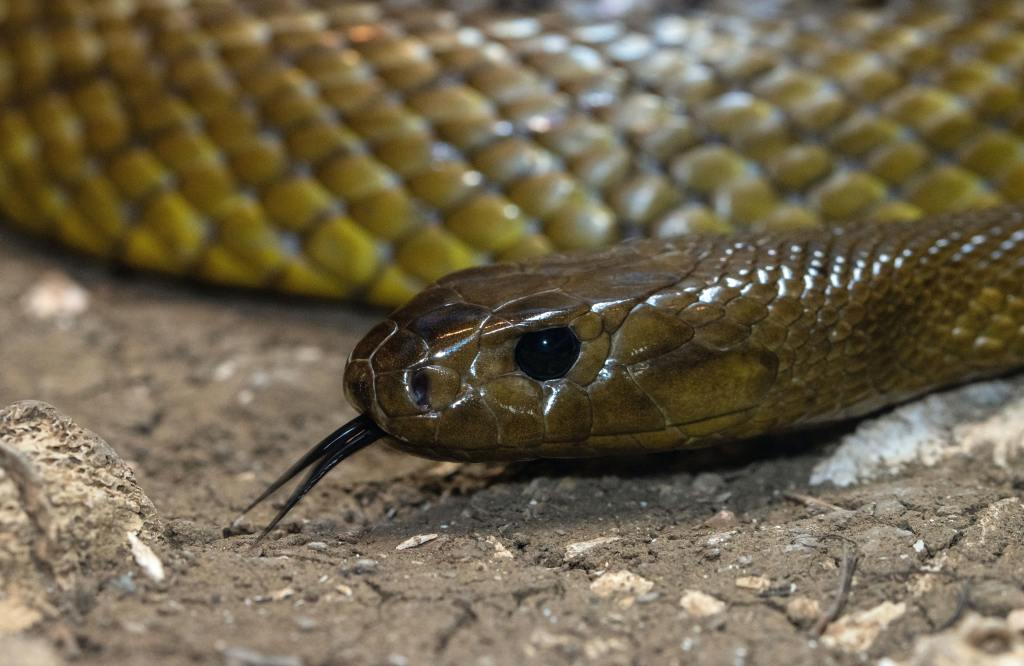The theme of our third anthology is Into the Forest.
We are looking for submissions of poetry, fiction and non-fiction that embrace worlds both speculative and real, fantastical and familiar, historical and futuristic. To that end, here are a selection of bizarre facts about the plants and creatures that call Earth home.
Follow us on Twitter to see our #DidYouKnow tweets as we publish them.
1. Acacia trees can warn each other of danger.

Photo by S Gensicke
When herbivore animals approach an acacia tree, it emits ethylene gas to alert all the nearby trees of the threat.
Once alerted, the trees also increase the tannin levels in their leaves to toxic levels.
2. Pangolins are named after the Malay word for roller.

Photo by Geran de Klerk
Their name was inspired by one of their defence mechanisms.
When startled, a pangolin will cover its head with its front legs, exposing its scales to any potential predator.
They are also the most trafficked animal in the world.
3. Elephants can communicate through seismic signals.

Photo by Geran de Klerk
Seismic signals are vibrations in the ground and elephants can detect through their bones.
They can also communicate through sound, body language, touch and scent.
4. Millipedes are immune to cyanide.

Photo by Jan Haerer
The tiny bugs have also turned their immunity into a weapon.
If you were to pick up a yellow-spotted millipede, it would exude hydrogen cyanide on you. The dose would not be enough to seriously harm you, though it may cause blisters to sensitive skin.
It would, however, be lethal to a smaller predator (birds/rodents).
5. Roadrunners hunt rattlesnakes.

Photo by Joshua J. Cotten
These famous birds live on a diet of lizards, snakes, small mammals, amphibians, and insects.
Two greater roadrunners will often team up to take on a rattlesnake.
One bird will distract the venomous snake while the other sneaks up behind it and pins its head.
6. Baobab trees are also known as ‘upside-down trees’.

Photo by Yasmine Arfaoui
These remarkable trees can live for around 2,000 years and survive brutal temperatures, fire and drought. They cannot, however, produce fruit until they are 200 years old.
Baobab fruits are excellent sources of vitamin C, potassium, calcium, fibre and magnesium.
7. Tasmanian Devils are the world’s largest carnivorous marsupials.

Photo by Meg Jerrard
These infamous animals can eat 40% of their own body weight
They devour not just the meat of their prey but the hair, organs and bones too.
8. Hippos produce a natural sunblock.

Photo by Wade Lambert
Hippos have extremely sensitive skin. To prevent sunburn/drying, they secrete a scarlet liquid known as ‘blood sweat’.
In addition to blocking UV rays, this liquid also acts as an antibiotic.
9. Arctic hares can see nearly 360° without moving a muscle.

Photo by Isaac Demeester
These masters of camouflage have eyes on the side of their heads with thick black eyelashes that act as sunglasses.
They can also run at speeds up to 40 miles per hour.
10. Flamingos are extremely resilience animals.

Photo by Lieselot. Dalle
75% of Earth’s lesser flamingo population are born in one of its most toxic bodies of water.
Lake Natron lies at the base of one of Africa’s most active volcanoes. Turned bright red by cyanobacteria, the water in this lake has a pH of 9-10.5 and regularly rises above 40°C. There is also so much sodium carbonate in the lake that most animals unfortunate enough to dip into it are chemically preserved in the pose in which they perished.
All this makes Lake Natron the perfect breeding ground for lesser flamingos, with their tough skin and their ability to drink boiling water and remove salt from their nasal cavities.
11. There are ‘moon trees’ on Earth.

Credit: NASA/Bill Ingalls.
In 1971, the crew of Apollo 14 flew hundreds of seeds around the moon.
They then brought the seeds back to Earth and planted ‘moon trees’ around the world.
12. Jaguars have a suitably intimidating name.

Photo by Deepak Nautiyal
Jaguars get their name from the indigenous word ‘yaguar’, which means ‘he who kills with one leap’.
The distinctively spotted big cats hunt during both the day and the night. Their powerful jaws can pierce crocodiles’ thick hides and turtles’ hard shells.
13. Venus Flytraps can count.

Photo by Raphael Wild
Venus flytraps wait until their trigger hairs are tripped multiple times in quick succession to spring their infamous trap.
Presumably this is to avoid wasting energy attacking raindrops or nutrition-less debris.
14. Koala have unique fingerprints.

Photo by David Clode
If you were to take an imprint of a koala’s paw, the resulting impression would be unique to that particular marsupial.
Koalas are arboreal (tree dwelling) mammals that live on toxic eucalyptus leaves. As a result, they grow two opposable thumbs on each paw which they use to climb smooth barked gum trees. They also have powerful legs, strong arms, and sharp claws.
15. Hedgehogs are immune to certain poisons.

Photo by Tadeusz Lakota
Hedgehogs use their immunity to poisonous plants as protection against predators.
After eating a poisonous plant, the hedgehog will produce a frothy saliva-poison mix in their mouth. They then lick their spikes to coat their bodies in it.
16. Zombie-ant fungus is capable of mind-control.

Photo by Stephanie LeBlanc
When the Ophiocordyceps unilateralis fungus infects a carpenter ant, it spreads rapidly through the insect’s body, devouring nutrients as it does so.
A week after infection, the fungus reaches and takes over the ant’s brain. At which point, it forces its host to leave its nest, climb up a nearby plant and clamp down on a leaf.
The fungus then grows a bulb from the ant’s head that spills spores down on the rest of the ant’s colony.
17. The inland taipan is the most venomous snake in the world.

Image by David Clode
There’s enough venom in the bite of an inland taipan to kill a hundred people.
But there have been no recorded deaths to these snakes since 1955, when an anti-venom was created. This is largely the result of the reptile’s non-aggressive nature: they are more likely to run from a human than attack them.
18. Horned lizards can shoot blood from its eyes at predators.

Photo by Cynthia Beilmann
This defence mechanism is predominately designed to confuse predators, though there is also a noxious chemical in their blood that further deters attacks.
For the most part, however, horned lizards rely on their camouflage skills to survive.
19. A group of parrots is known as a pandemonium.

Photo by Marcin Czerniawski
There are almost 400 different species of parrots.
The largest breeding colony of parrots is in Río Negro, Argentina. In 2003, scientists counted 37,000 active burrowing parrot nests along a 12km stretch of cliff.
20. Shoebills can swallow baby crocodiles whole.
These giant birds grow to around 4 foot tall and have a wingspan of about twice that. They have cavernous bills that are 7-inches long and almost as wide, with a sharp hook at the end of the top mandible.
Shoebills are patient, stealthy hunters that spend their days standing stock-still, waiting for unsuspecting prey to approach. When they do attack though, they go all in, committing their full body weight to the ambush. Swooping into the water beak-first, they capture the fish/reptile in their bill and swallow it whole.
They are a solitary species, hunting on opposite sides of a territory from each other. Even in breeding season, you won’t find more than 3 nests in a square kilometre.
A female shoebill will lay up to 3 eggs but only 1 chick (usually the first to hatch) survives. The others are either killed by their sibling or driven from the nest before they are strong enough to fend for themselves.
21. Flamingos’ feathers are naturally grey.

Photo by Jessy Hoffmann
The long-legged wading birds consume large quantities of algae, brine fly larvae, and brine shrimp as part of their diet. In doing so, they ingest high volumes of beta-carotene.
Their digestive systems break down the carotenoids into pigments. The pigments are then absorbed by fats in their livers and deposited on their skin and feathers, giving them the bright pink colour they are known for.
Beta-carotene is also found in many of the fruits and vegetables that we eat but our bodies convert it into vitamin A for us.
22. Ostriches are the world’s largest bird.

Photo by Bernd Dittrich
The kick of an ostrich is powerful enough to kill a lion.
They also only have two toes on each foot, the larger of which ends in a sharp claw.
23. Vampire bats share blood with each other.

Photo by Bernd Dittrich
A vampire bat will die if it goes more than a few nights without blood.
Due to the severity of the risk, vampire bats will ‘share’ blood by regurgitating the fluid into the mouth of a hungry member of the colony.
24. Reindeers’ eyes change colour depending on the season.

Photo by Hans-Jurgen Mager
In the winter, reindeer’s usually golden eyes turn blue.
This makes their eyes over 100 times more sensitive to light, something that definitely comes in hardy in the near darkness of an arctic winter.
25. Mangrove trees grow dense prop roots above ground.

Photo by David Clode
These remarkable tropical trees flourish in water a hundred times saltier than most plants can tolerate.
They do so by filtering out as much as 90% of the harmful salt as the saltwater enters their roots.
26. Some eucalyptus trees have rainbow barks

Photo by Jaida Stewart
Rainbow eucalyptus trees can grow up to 250 feet tall in their native tropical countries.
As they grow, strips of their bark peel away, exposing a green inner layer.
That green bark in turn ages into a variety of vibrant colours.
27. Dragon’s blood trees are native only to Socotra.

Photo by Andrew Svk
These ancient, otherworldly trees are named after their red resin, which is used to treat wounds, burns and infections.
It can also stop internal bleeding.
28. Strangler figs can outlive their host trees by years.

Photo by David Clode
Dropped as a seed on a branch by an unknowing animal, the fig grows roots that travel down the tree’s trunk into the soil below.
These roots lace together, encasing the tree in a lattice barrier.



